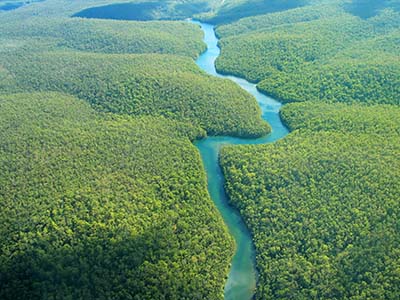Post developed by Arun Agrawal and Katie Brown.
Are our efforts to measure changes in conservation by talking to decision makers effective?
This question motivated recent research by Arun Agrawal, Center for Political Studies (CPS) faculty associate and Professor in the School of Natural Resources and the Environment (SNRE) at the University of Michigan.
An article by Christoph Nolte, Agrawal, and Paulo Barreto that appears in Environmental Research Letters considers the effectiveness of a globally used assessment strategy that is referred to as Rapid Assessment and Prioritization of Protected Area Management (RAPPAM).
Utilized in over 50 countries, RAPPAM is the most popular tool to determine environmental protection. RAPPAM aims to measure whether a protected area is achieving its conservation goals. This ,in turn, influences the allocation of resources (financial, personnel, equipment, and otherwise). Despite its popularity, its empirical effectiveness had yet to be demonstrated. So Nolte, Agrawal, and Barreto conducted their study to see if RAPPAM’s measurements are indeed effective. The research team analyzed data on 66 protected areas in the Brazilian Amazon.
The results? RAPPAM appears ineffective.
Specifically, there is no correlation between RAPPAM’s indicators and avoided deforestation. These null results highlight the need to invest in new, better, and more valid measurements. Such measurements should not be based just on subjective assessments by those who are paid to manage protected areas.
Sound simple? It still hasn’t happened! Good decision tools may not be enough to make conservation work. Nolte, Agrawal, and Barreto argue that without such tools, it is even less likely to work.


